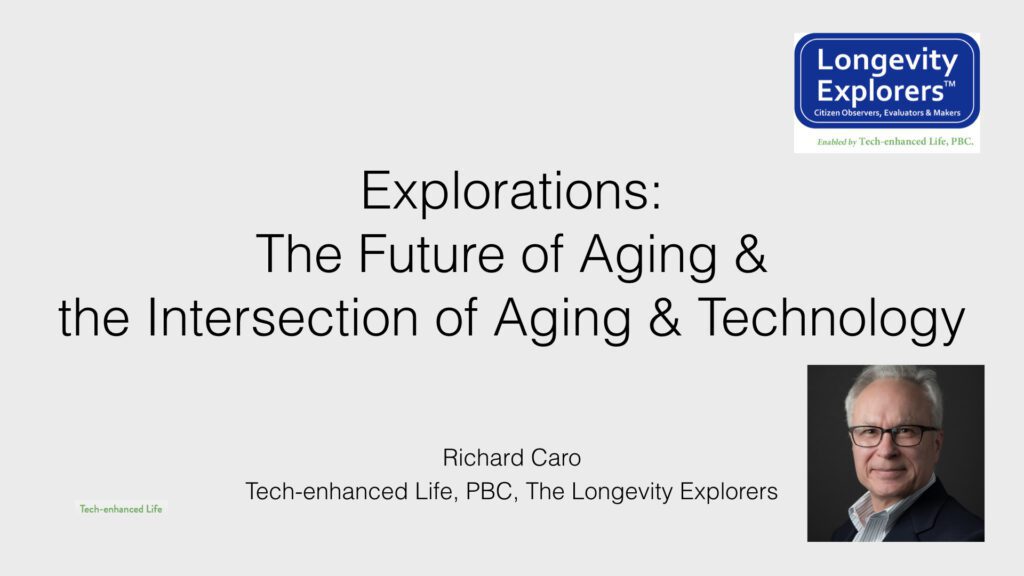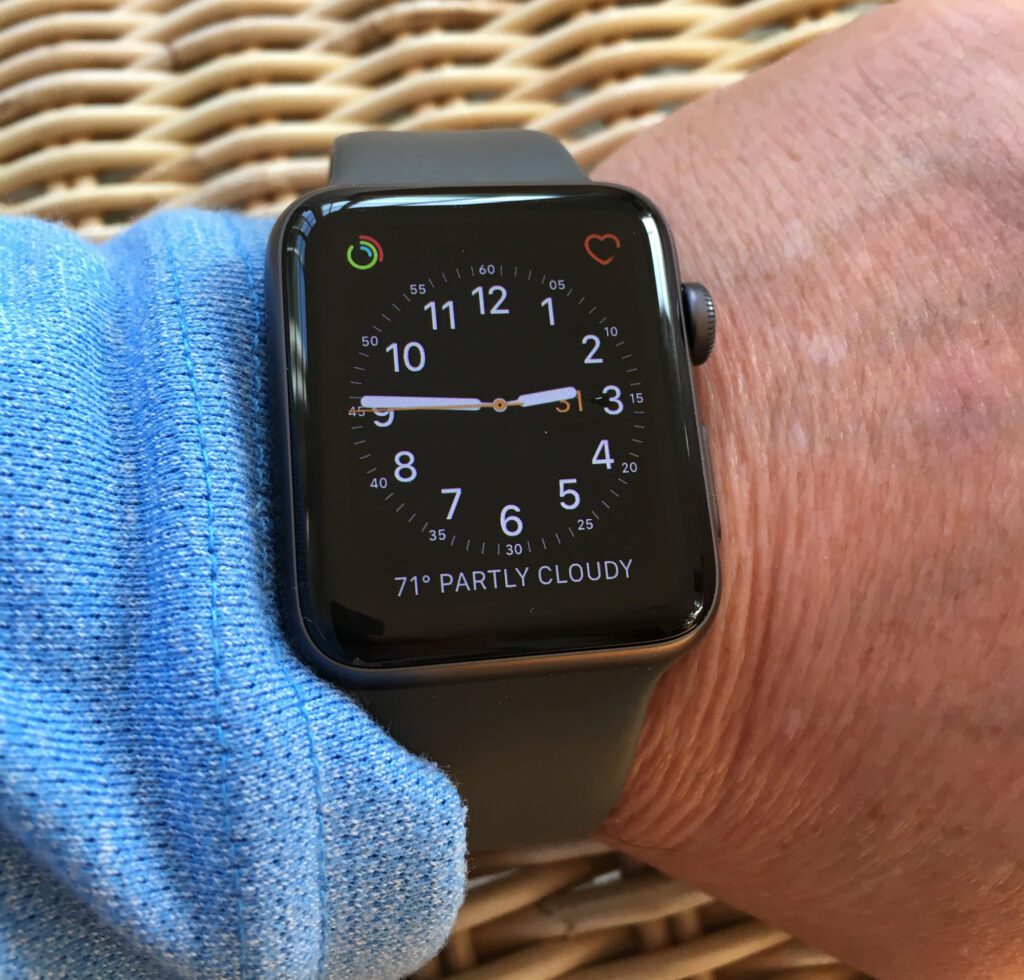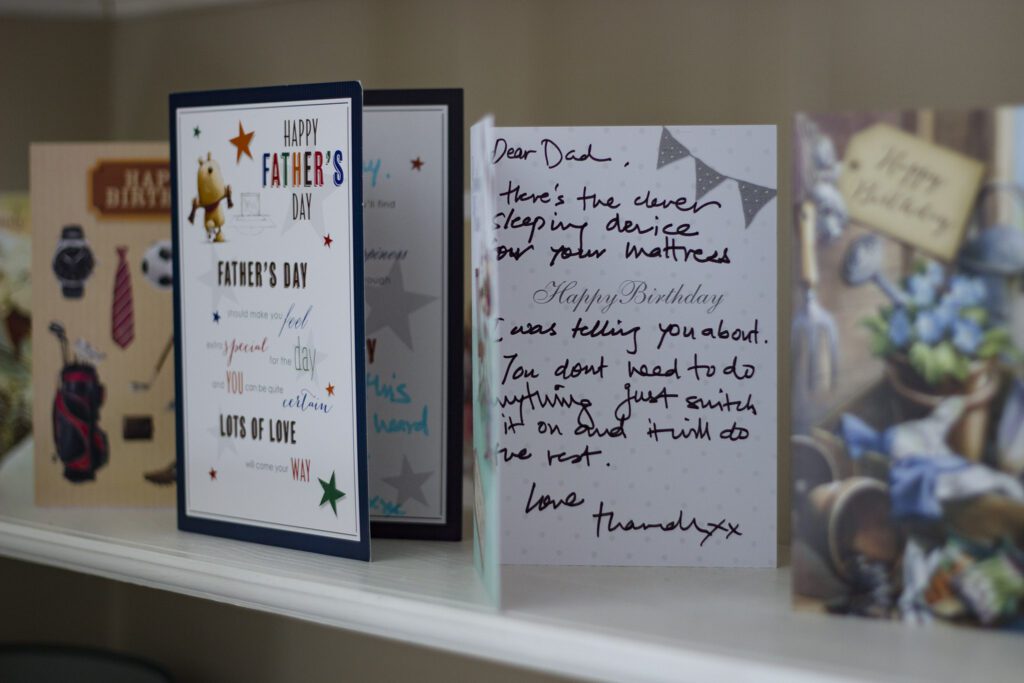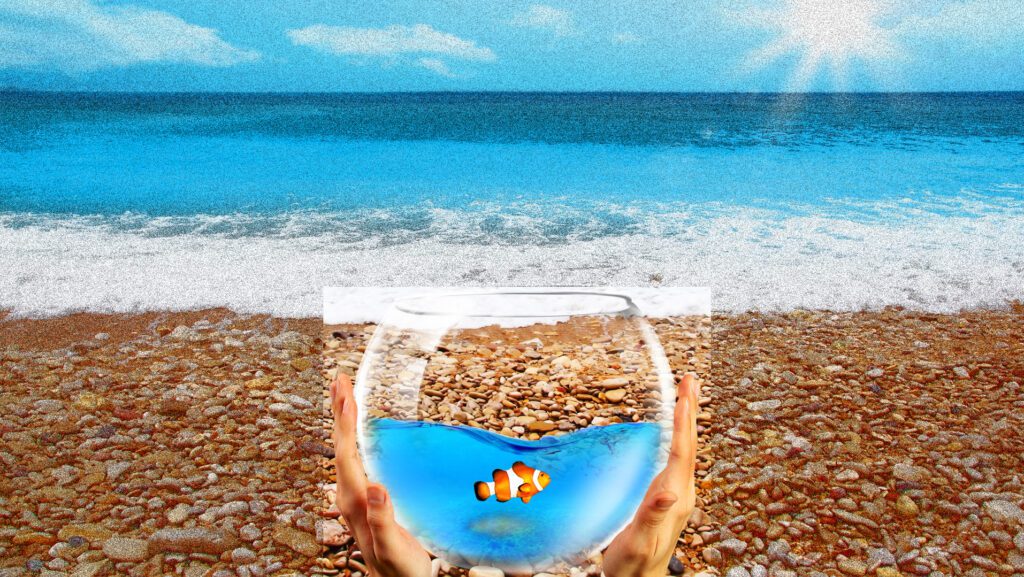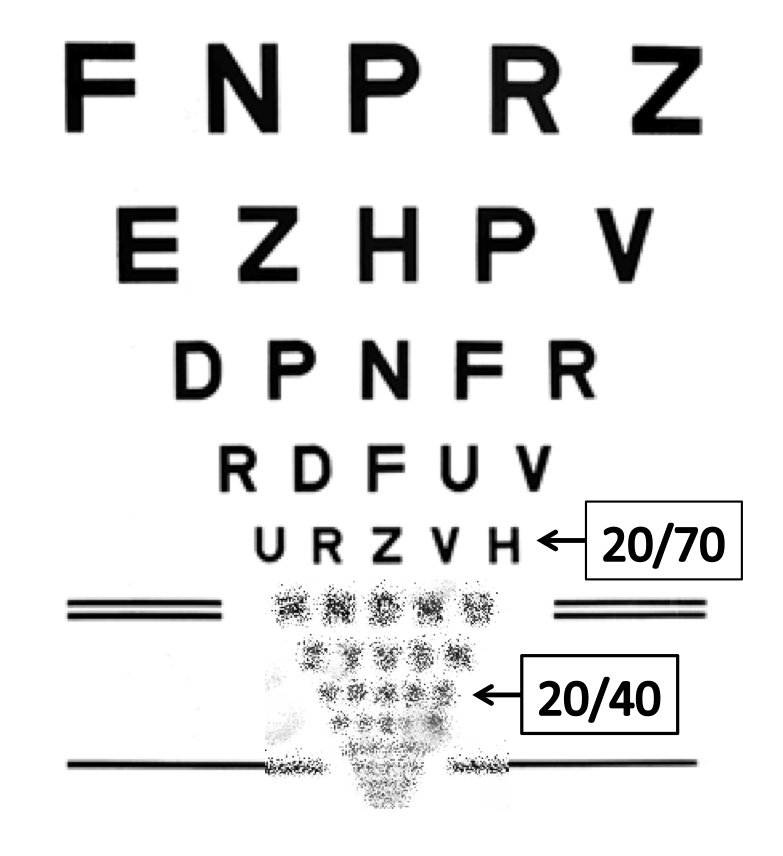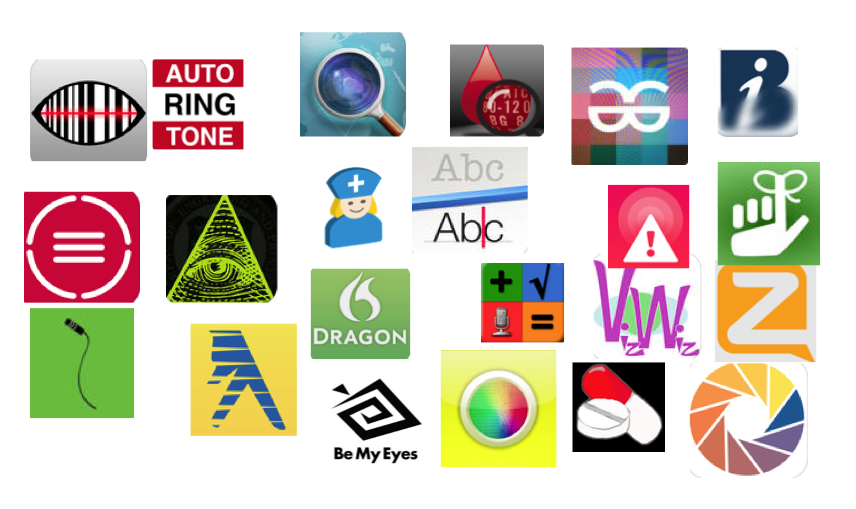Most of our research is designed to help older adults and their families make decisions and choices about topics that impact quality of life as we grow older — choices like which products and services can help older adults live independently for longer, and delay the time at which growing older gets in the way of living life to the full.
In addition, some of our work is designed to help innovators develop products and services that older adults like us will actually want and find useful.
Recent Analysis and Exploration
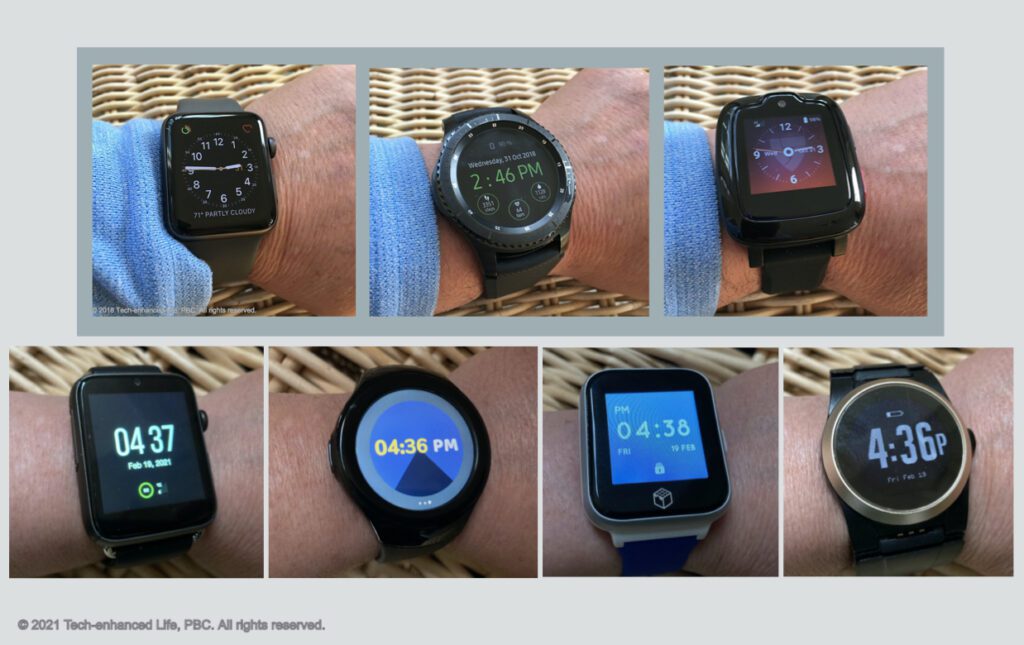
Smartwatch as Medical Alert?
For years we have been hearing older adults complain about how ugly and stigmatizing medical alerts are. As one lady told us: “My medical alert button makes me look like I escaped from the Intensive Care Unit. So I hardly ever wear it“.
A handful of medical alert watches have come to market that look like smart watches, and have some or all of the functionality of stylish smartwatches, but also work as medical alerts. We wanted to see how well they worked, and set out to test them — hoping they might change this dynamic. Here are the results, updated for 2021.
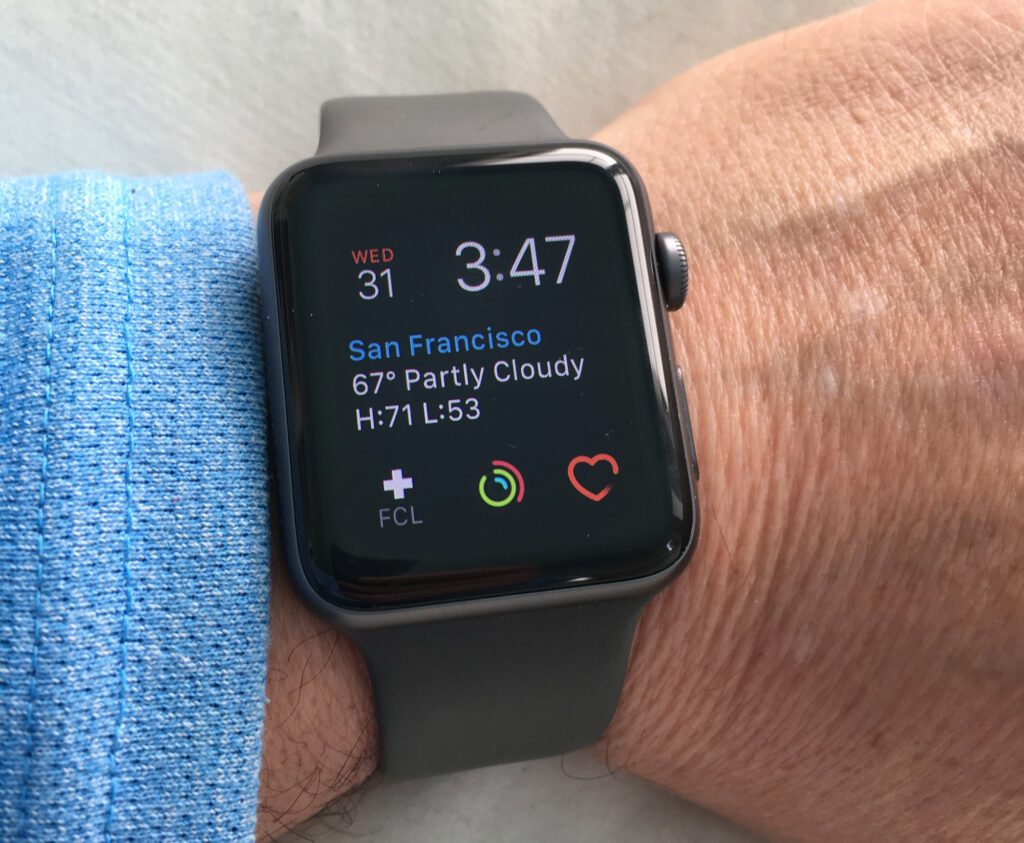
FallCall Lite + Apple Watch
The FallCall Lite App (+ Apple Watch) is one of several products we compared in a piece of research called “Smartwatch as Medical Alert”. To use this product you start with an Apple watch, and then download an App called FallCall Lite. The App adds the medical alert functionality. Because all the functionality of the Apple watch is still there too, you get the full capability of a smartwatch, plus medical alert capability.
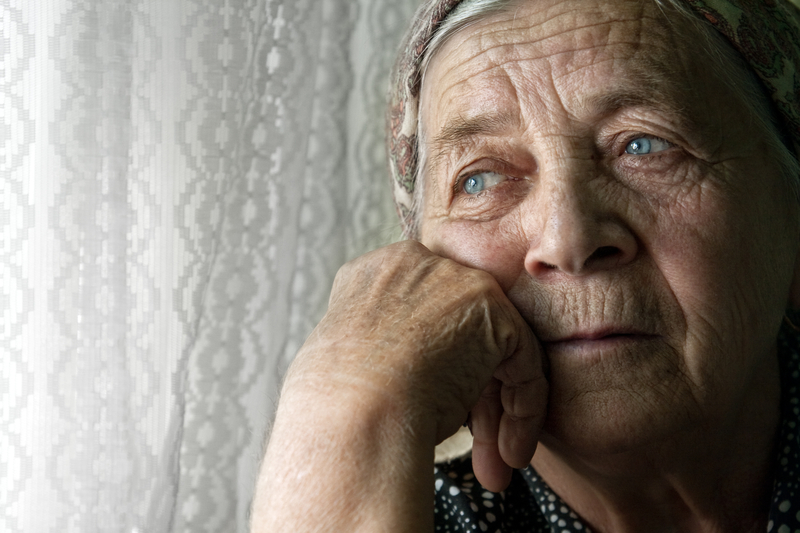
Isolated and Lonely: How Can We Avoid This?
How do you avoid becoming isolated and lonely as you get older? Are there things you can do to help prevent this?
Isolation and loneliness is a very real fear for many older adults. Many of us know of someone suffering from it, and it can be very sad. Our Longevity Explorers came up with some practical tips to help avoid this problem.
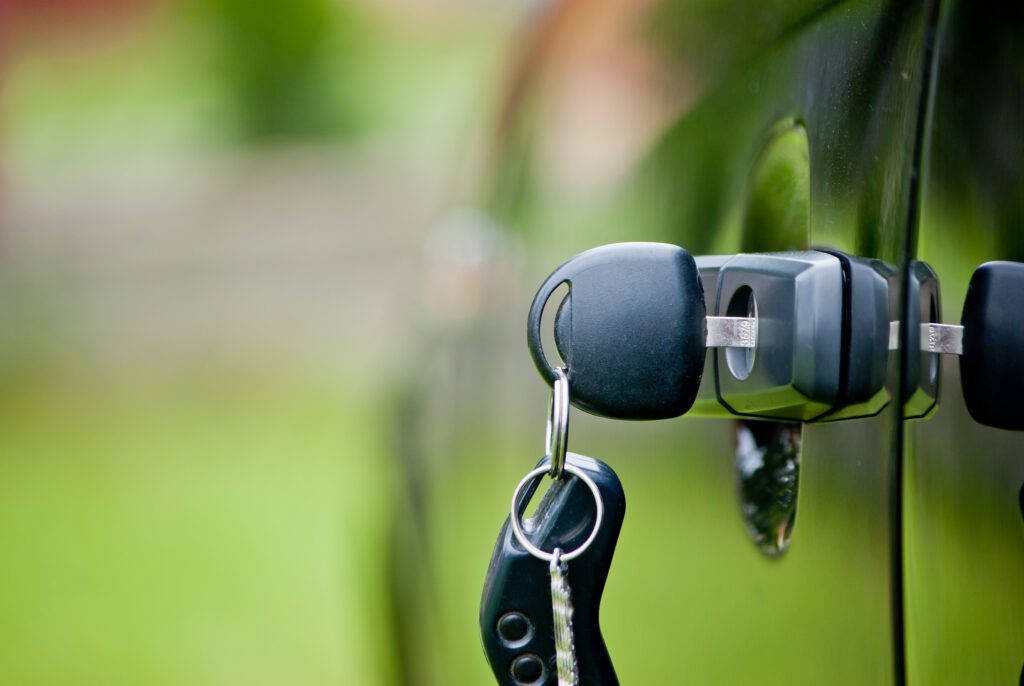
When to Stop Driving: Who Decides, & How?
No-one wants to cause an accident. But for many older adults, being able to drive is a sign that they are still in control of their own destiny, and a strong symbol of liberty and freedom. So the question “When to stop driving?” is a thorny one. Equally important are the questions: “Who should decide it’s time to stop driving?” and “How to decide?“
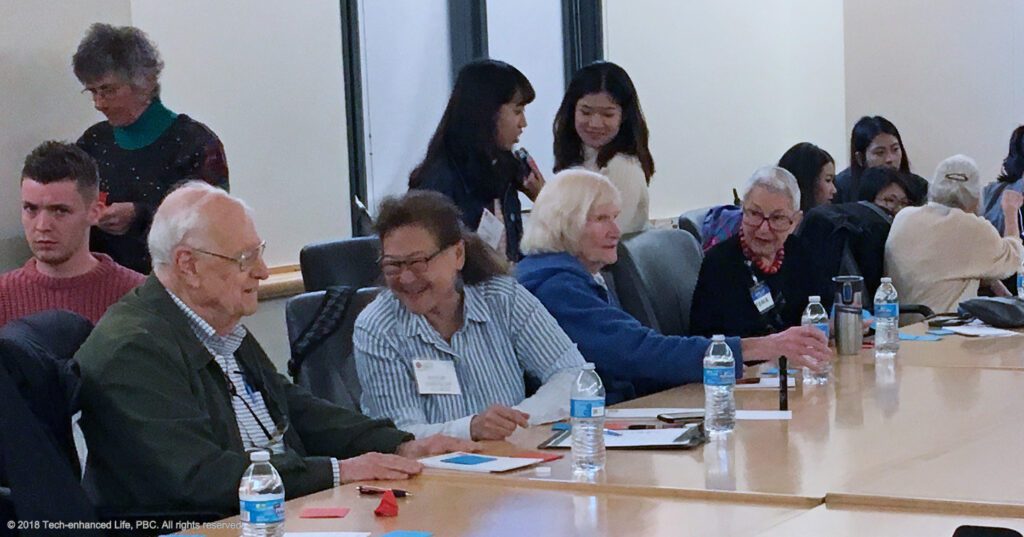
Intergenerational Design Opinions
What happens when you bring together a group of older adult Longevity Explorers and the teams participating in the Stanford Longevity Design Challenge? You get some interesting and contrasting opinions about what the differences should be between designing for a 25 year old and designing for an 85 year old.

Artificial Intelligence and Robots: What Older Adults Want
While there has been lots written by academics, companies, and futurists about the potential of robots and AI in aged care, the voice of the older adult is generally absent from these discussions. Here are the opinions of the Longevity Explorers as to problems they wish a robot, smarthome, or Artifical Intelligence could solve for them.

Quickly Getting Help for a Friend in Need
“Hi, this is Lisa. I’m not sure I can take care of myself right now. Can you bring me some food?” I found that scary sounding message on my voicemail one Saturday morning. It started me on a journey to coordinate care for a close friend. I learned several things that I’ll share with you. I hope that if you are ever faced with a similar situation, my experience will help you.
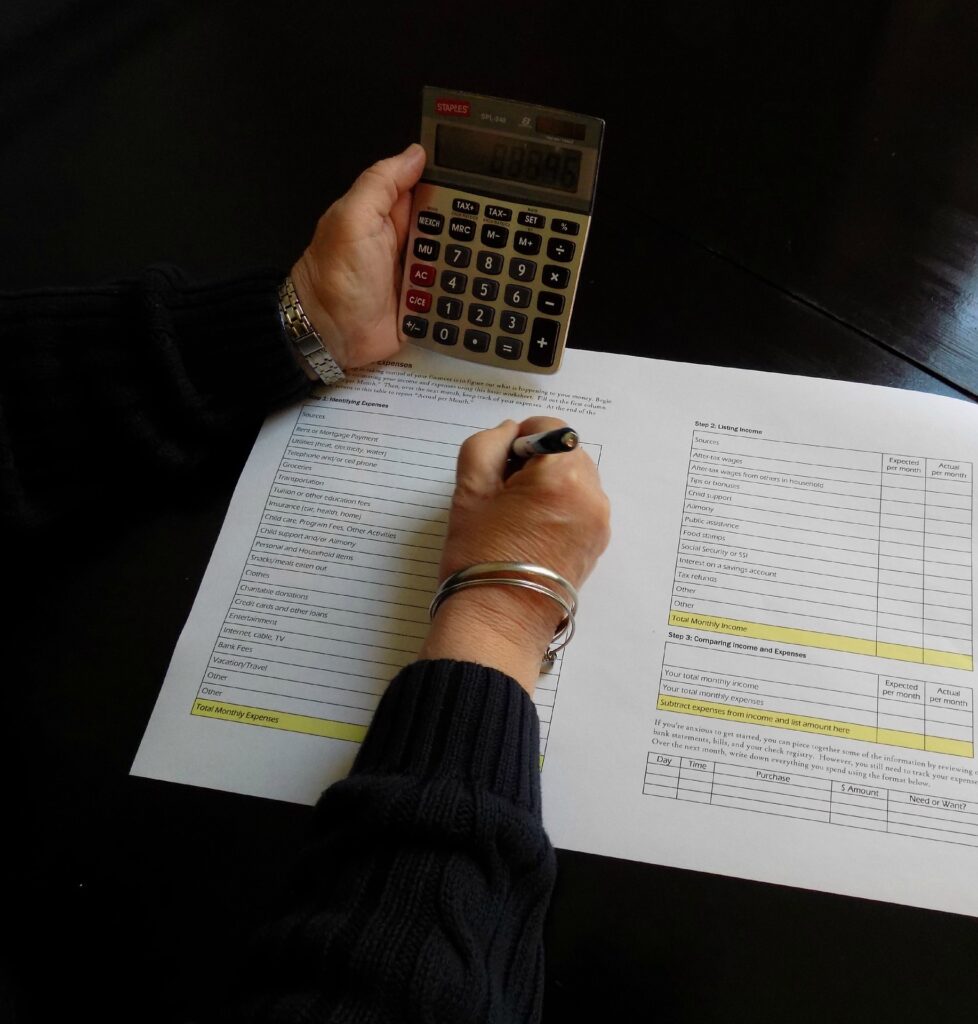
How a Continuing Care Retirement Community Works
How a Continuing Care Retirement Community (CCRC) works is a question that often pops up when our explorer discussions turn to where and how to live as one gets older. This article explains how this model of retirement living works, and discusses their financial model.

Private Patient Advocates
As our healthcare system becomes more complex and hard to navigate, a new profession has emerged: patient advocacy. Patient advocates are people who work to help patients navigate the healthcare system, and can in principle help save money, and help make sure one gets the best possible treatment when ill. In this article, we asked one of this new breed, Patricia Knight, to help our readers understand better: what is a patient advocate, what do they do, and do you need one?
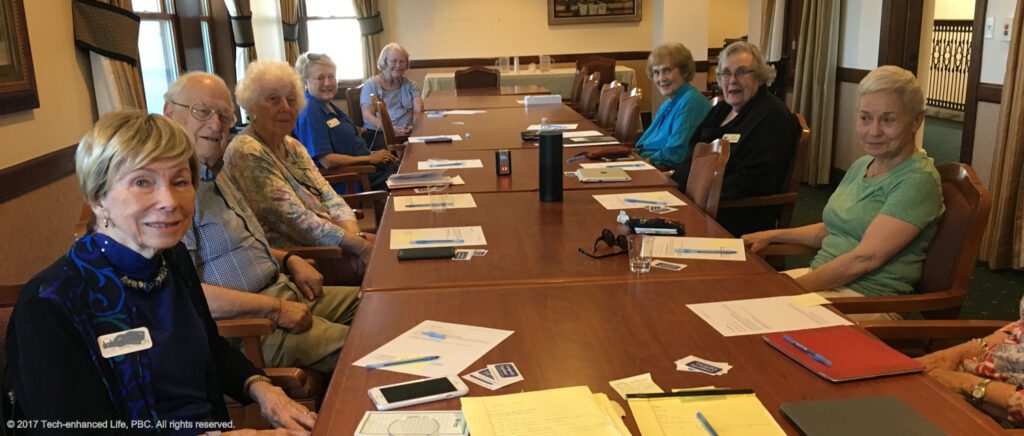
Amazon Echo and Alexa for the Elderly
The older adults in our explorer groups have recently become interested in a relatively new product: the Amazon Echo and its artificial intelligence Alexa. Here are their thoughts on topics like: do we want one; why would we want one; what do we use it for; and wouldn’t it be great if it could also do …”.
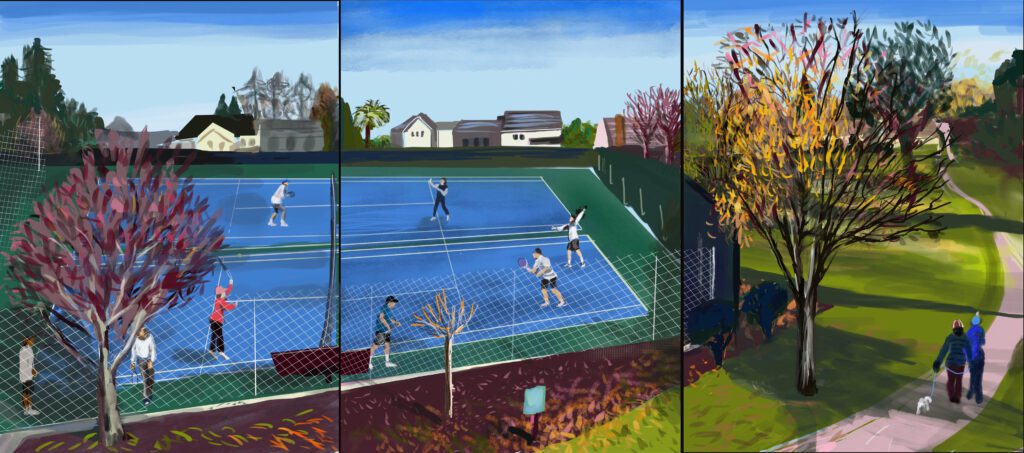
Best Art Apps for Adult Learners
What are the Best Art Apps to start with on iPads, iPhones, and Android devices? I’ve been teaching people, especially those close to my own age, how to use their iPads, iPhones and Android devices creatively since I fell in love with painting and drawing on my iPad 5 years ago. And this is always the most asked question. In this article I will be discussing different art apps you can use to turn your iPad or android tablet into a canvas or sketchbook and start creating up a storm.
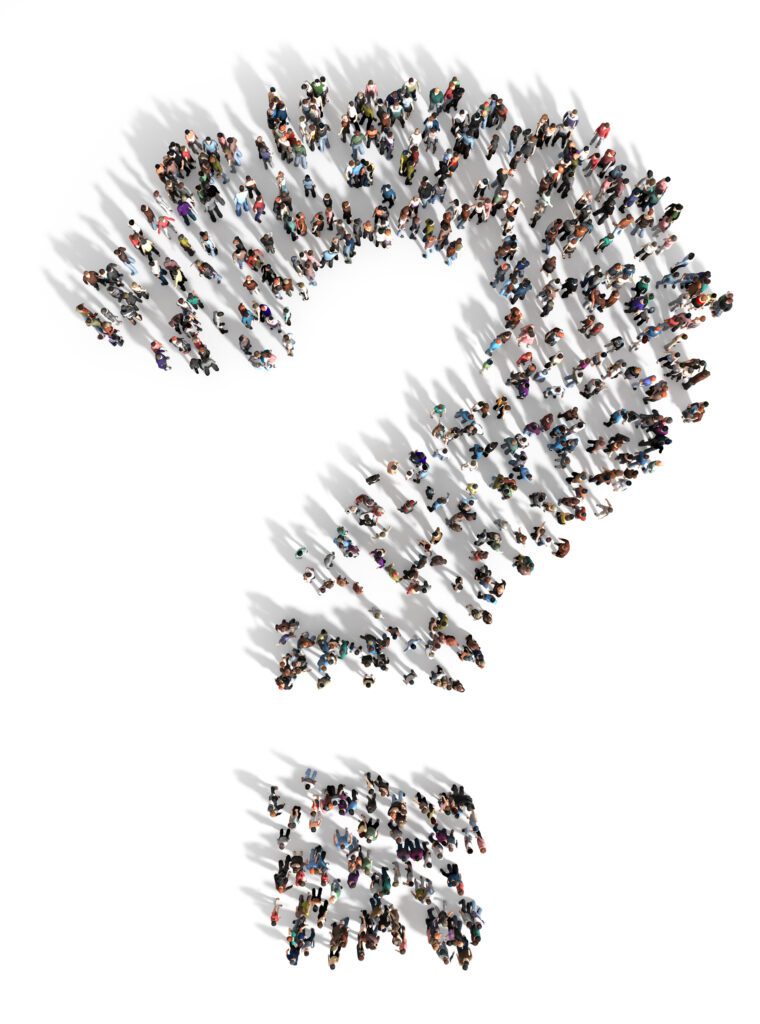
Which Customer Interaction, When?
When the conversation turns to interacting with customers before a product is “finished”, most product developers I’ve talked to are enthusiastic. But they have very different opinions about when to interact with customers, how to interact with them, and for what purpose. I believe there is a way of thinking that helps resolve these questions, depending on the details of the company, and the stage of product development they are at. This article is to share it.
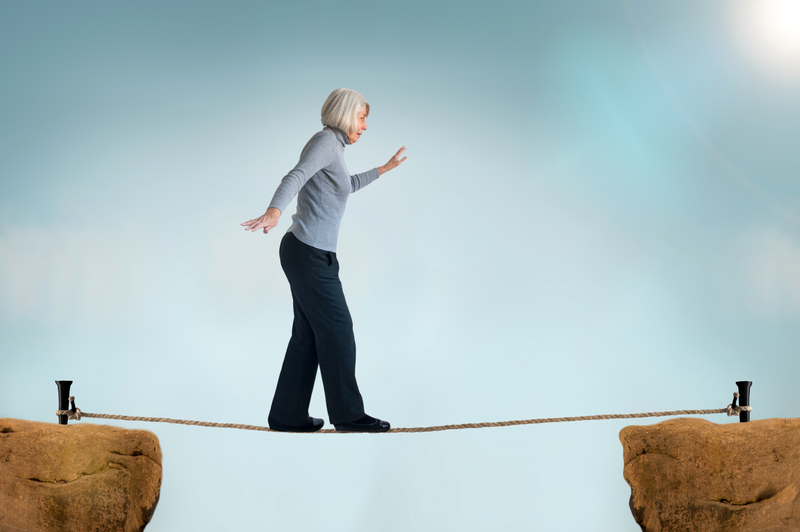
Elder Dignity, Autonomy and the Need for Protection from Abuse
Dignity of the elder must not be disregarded in the name of protection: whether we are dealing with the difficult issues of how to convince dad to give up the car keys, mom’s need for placement in a facility, or fear of money being improperly acquired by a scammer. The question posed is how to maximize the preservation of dignity in the face of true need for protection of the elder? This article addresses the issue as it relates to financial abuse of elders, but the principles are equally applicable in other situations.
